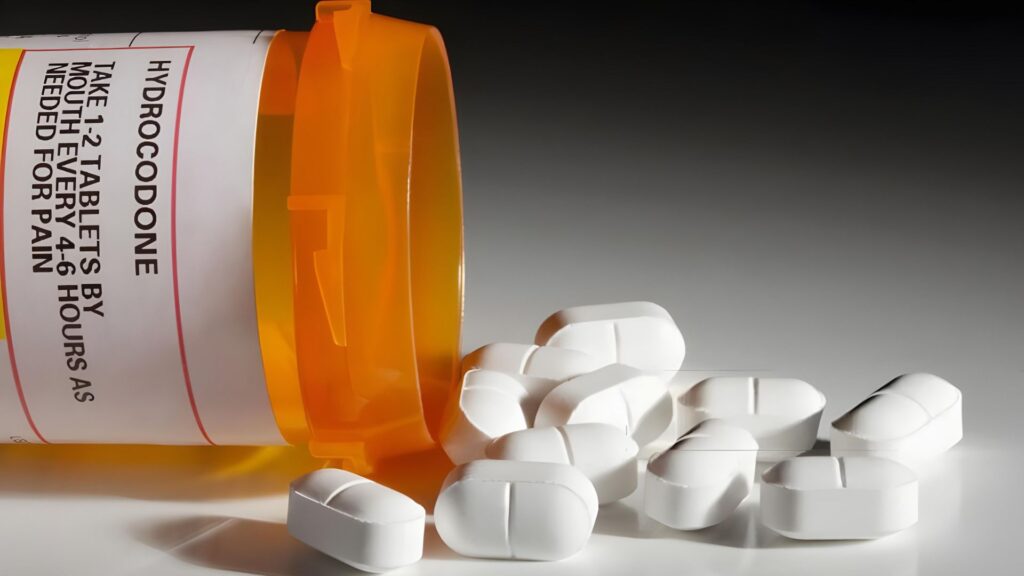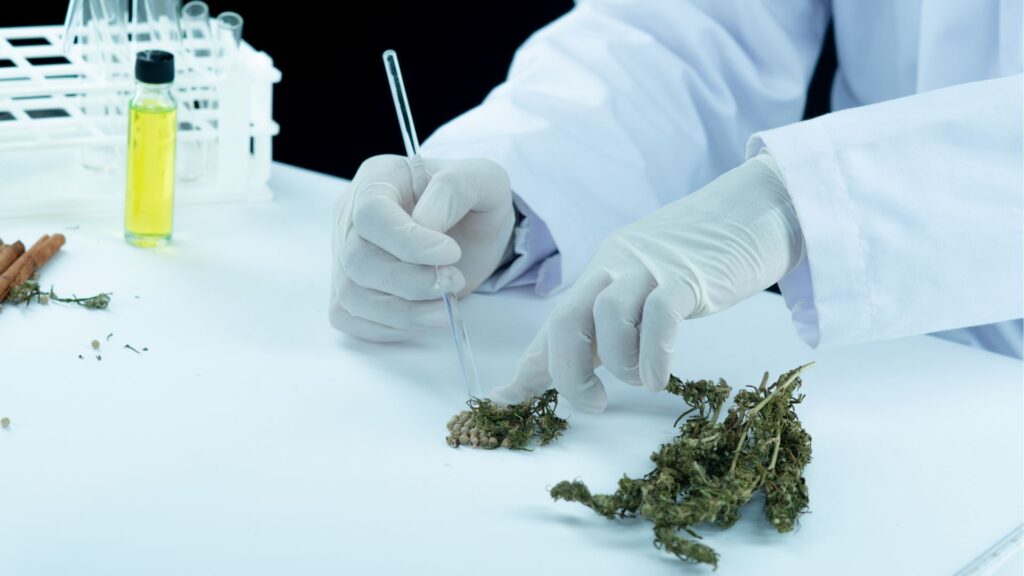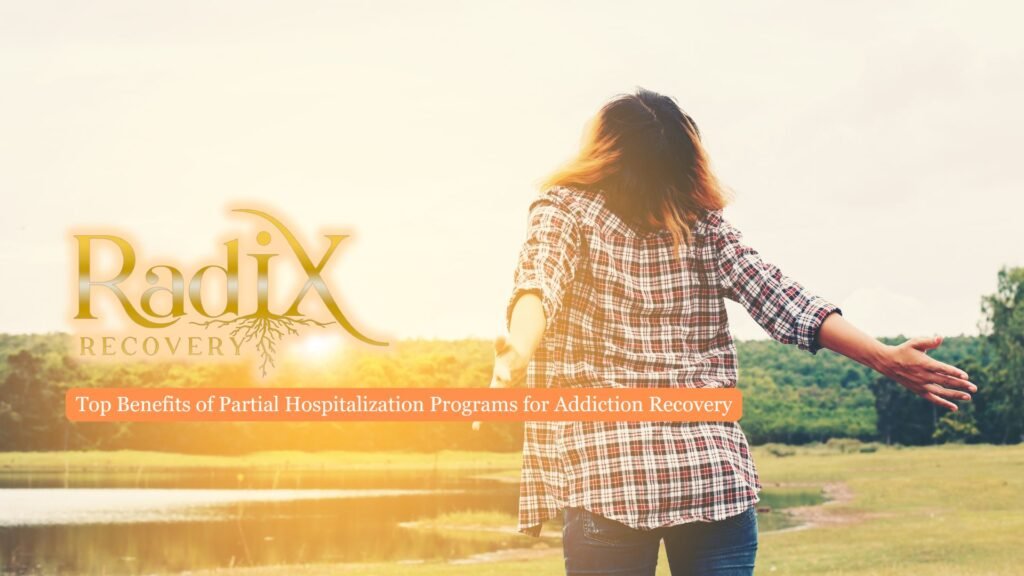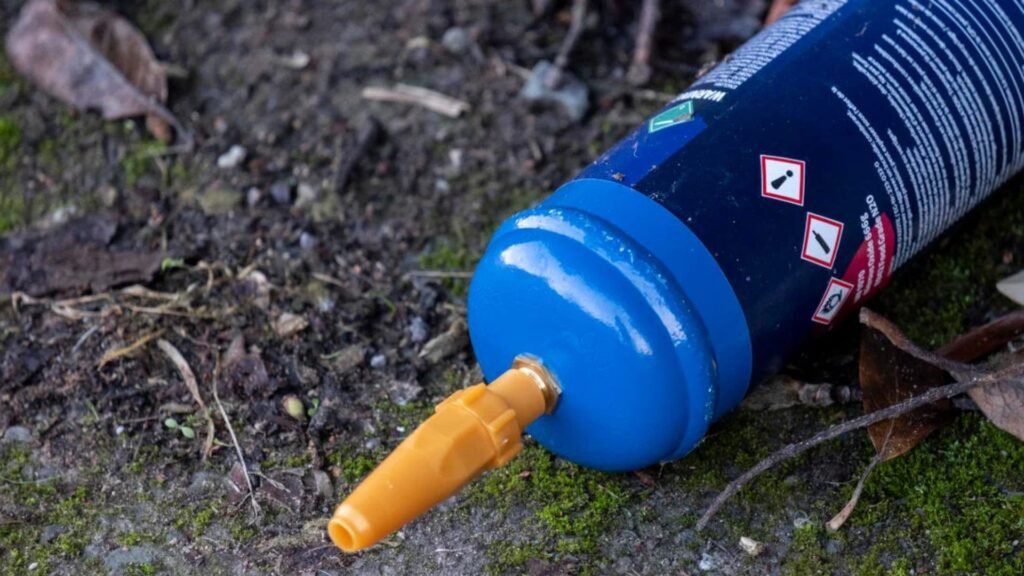In recovery, it’s often not the big events but the small, unmet needs that set us off course. That’s where HALT comes in—a simple acronym that can make a powerful difference. It’s built on four words you might not think twice about, but when left unchecked, these states can quietly steer recovery off track. HALT helps people recognize when their most basic needs are out of balance.
In this article, we’ll explore how tuning into these four signals can help you better navigate triggers, strengthen self-awareness, and stay grounded in your road to recovery.

Understanding HALT and What It Stands For
H.A.L.T stands for Hunger, Anger, Loneliness, and Tiredness. These four conditions are considered common stressors that can trigger cravings and emotional dysregulation in individuals recovering from substance abuse. The word itself means to stop. HALT stands as a reminder to check in with oneself before reacting impulsively or turning to unhealthy coping mechanisms.
Each state within HALT represents an unmet need:
- Hunger refers to physical or emotional hunger. Blood sugar crashes can impact mood and clarity. Feeling hungry can create irritability, making it harder to think clearly.
- Anger is a powerful, often misunderstood emotion. If not processed in healthy ways, it can escalate and lead to relapse.
- Loneliness creates emotional voids. Feelings of loneliness and lack of support can drive individuals back to substance abuse as a coping mechanism.
- Tiredness leads to exhaustion, clouded thinking, and weakened self-control. A lack of sleep, poor sleep hygiene, or insomnia makes it harder to manage stress.
Recognizing these triggers helps people in recovery remain grounded and take proactive steps to alleviate internal stress before it escalates.
Why HALT Matters in Addiction Recovery
Addiction recovery involves more than avoiding substances; it’s about building self-awareness and managing life’s challenges without falling back into harmful behaviors. HALT provides a simple mental checklist that can help individuals identify when their basic needs are unfulfilled.
Using it as a tool helps people in rehabilitation stay attuned to their emotional and physical states, making it easier to choose healthy responses over impulsive ones, particularly when they are feeling lonely. If you’re unsure whether your substance use may be cause for concern, a personal check-in quiz can offer valuable insight.
How to Recognize and Respond to Common HALT Stressors
Being able to identify the warning signs of HALT is crucial for preventing relapse. Start by checking in with yourself during moments of stress, emotional discomfort, or cravings.
A more effective approach is to establish routine mental check-ins. For example, when you feel an urge arise or notice your mood shifting, pause and reflect on what might be beneath the surface. Are your needs being met? Is there an unmet emotional or physical need influencing your thoughts?
This moment of reflection often reveals whether it’s truly a craving or simply a response to pressure, like exhaustion or emotional discomfort. With practice, it becomes a self-check system to navigate tough moments more clearly. These quick check-ins help you identify what’s really going on beneath a craving and give you a way to intervene before things escalate.

Practical Tools to Build Self-consciousness and Prevent Relapse
HALT isn’t just about identifying stressors—it’s about creating a proactive plan to meet those needs. Self-consciousness in recovery means noticing your physical and emotional state throughout the day. Consider setting reminders to check in at key moments: when you wake up, during breaks, or before bed.
Incorporate self-care strategies to address HALT proactively:
- Eating regular, nutritious meals and healthy snacks helps prevent blood sugar crashes and irritability.
- Practice meditation or deep breathing to think clearly, manage anger, and maintain a healthy emotional balance.
- Connect with others and build a support system through alumni groups or like-minded peers who understand your journey.
- Maintain good sleep hygiene to ensure you’re energized and clear-minded for life in recovery.
By regularly checking in and nurturing your basic needs, you mitigate common triggers and build a stronger foundation for sobriety.
When to Use HALT in Your Recovery Journey
The HALT method is most effective when used consistently. Don’t wait until you’re in crisis mode. Use it during routine stress, emotional discomfort, or when your mood shifts unexpectedly. Over time, it becomes a built-in warning system—a way to catch yourself before slipping into distraction.
Even after leaving a structured rehab program, it can remain a valuable part of your recovery toolkit. It’s a quick, reliable method for improving self-consciousness, regulating emotions, and preventing urges. As part of a larger strategy involving support groups, therapy, and sober living practices, HALT helps individuals stay grounded through life’s ups and downs.
Final Thoughts from Radix Recovery
The HALT is a powerful tool for identifying hidden disruptors that could lead to setbacks. By recognising hunger, anger, loneliness, and tiredness, individuals in recovery can pause, reflect, and respond in healthier ways that support long-term sobriety.
At Radix Recovery, we emphasize practical strategies, such as HALT, to help clients build self-awareness and resilience. With personalized care and evidence-based addiction treatment in Cedar Rapids, we guide individuals through the root causes of substance use and into a balanced, sober life. HALT is just one of the many tools we use to support lasting recovery.
